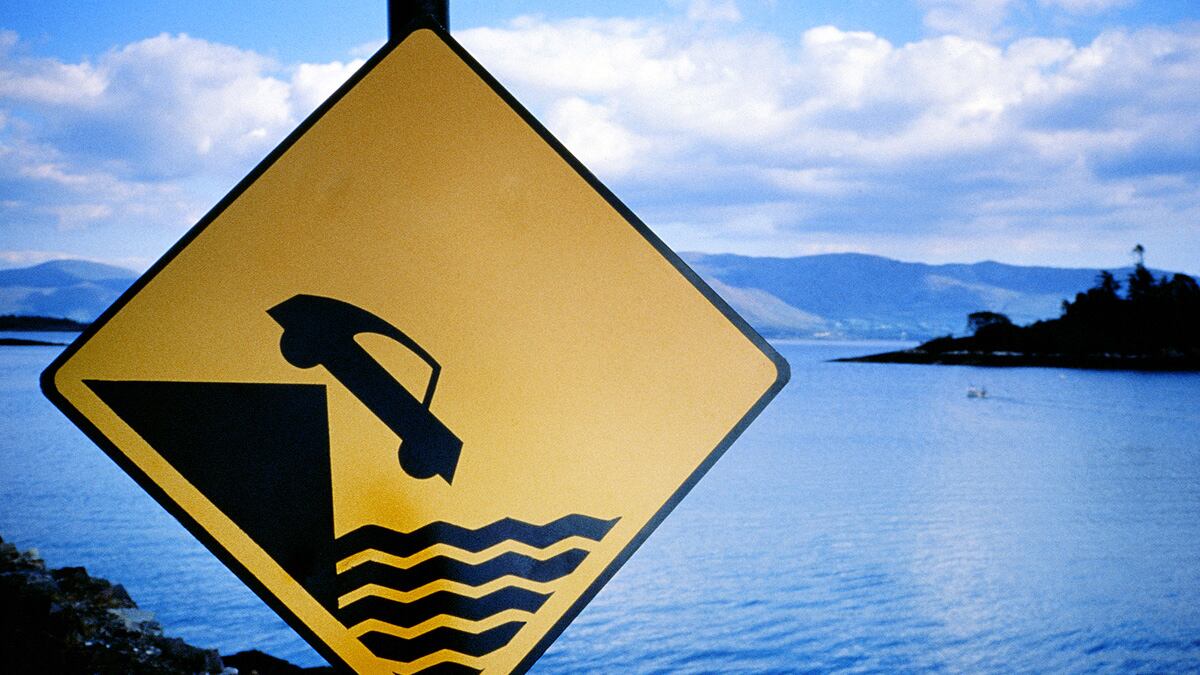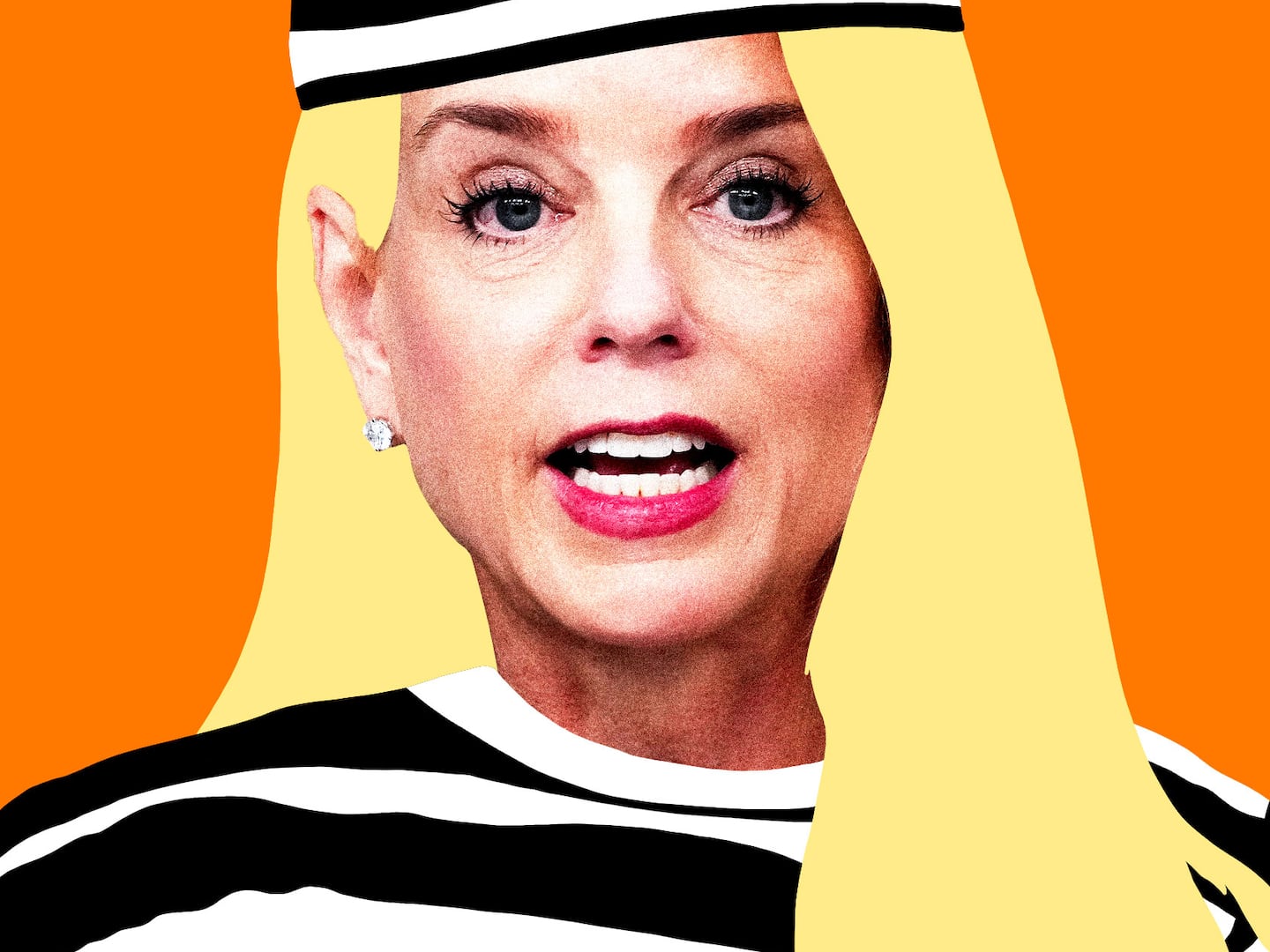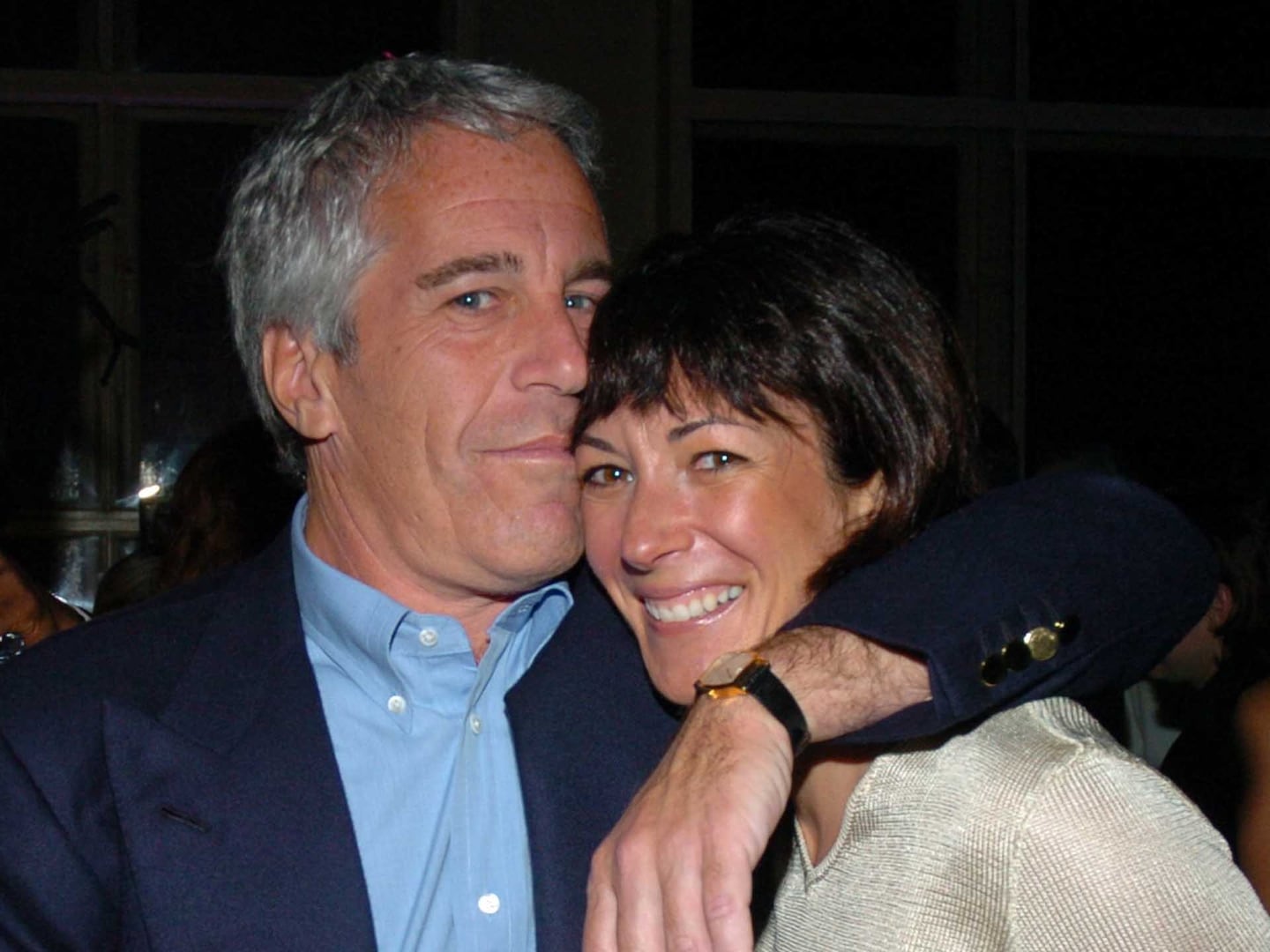Why do things go wrong and what can be done to fix them? It seems like an endlessly complicated question, one that can only be answered case by case. But in his new book Resilience: Why Things Bounce Back, PopTech curator and executive director Andrew Zolli, a longtime researcher on the connections between technology and sustainability, argues that certain vital themes come out of the general study of resilience and can be applied across the board.
In Resilience, which he wrote with the playwright and journalist Ann Marie Healy, Zolli explains how difficult it is to keep big, complicated systems up and running when things go wrong—to prevent failures from cascading into more failures which in turn cascade into total collapse. And in a trek that takes him from arsenic-poisoned wells in Bangladesh to coral-reef preservation efforts in Jamaica, he finds a set of key factors when it comes to staying resilient.
One of the more fraught subjects he covers in the book is the world’s financial system, which has become a tangled web of interdependencies, many of them based on impossibly complex financial products. In other words, a prime candidate for applying the lessons of Zolli’s book.
“There’s a tension in our financial system,” he told The Daily Beast, “and that tension is how do we make it ever more efficient to move capital around the world, and on the other hand how do we make it safe.” As is so often the case with the massive entities described in Resilience, one of the financial system’s greatest strengths is also one of its worst weaknesses.
There are, however, ways to safeguard things, and Zolli thinks we need to reduce “the size and density of connections at our global financial core.” And despite the spate of recent crises, we haven’t made enough progress.
“All the things that were true in 2008 are still true today,” he said. “We still have way too much debt, the system is too big, the system is way beyond the capacity for the regulators to comprehend because it is massively too complicated, and we have allowed the banking industry to simply call the shots on what the rules should be. And their estimation of what’s safe, their ability to self-assess what’s safe, is overblown.”
Zolli often uses the analogy of a car approaching a cliff when talking about the major challenges facing human civilization.
“We live in a world of connected cliffs—cliffs that are all connected to each other,” he said. “So the ecological cliff is connected to the economic cliff, which is connected to the social cliff, which is connected to the technological cliff. A disruption in one could, like a bunch of steers on a rope line, pull everybody all over.”

In many cases, such as climate change, it’s become clear that we’re probably not going to be able to avoid going off the cliff entirely. So resilience, to Zolli, is about mitigating the damage when we do.
“What resilience does as a new framework is it says that we will make mistake,” said Zolli, “We will be surprised, we will go over the cliff, and we have to deal with those situations. And we need to make sure we survive these periods of tremendous disruption so that we can buy ourselves time to transform the system, basically to put wings and a jetpack on the back of the car and get into the air and get into a different environment altogether where the cliff isn’t as big a threat as it used to be.”
What it all comes down to—the theme that comes up over and over in the book—is adaptability.
“We make systems more resilient in general when we empower individuals, communities, small groups of actors. Whenever we saw resilience, what we saw over and over again was not some group of people take a ‘Plan 23(b)’ from their library of potential future catastrophes down off the shelf and consult it and say, ‘Ah, the answer is to do this, this, and this.’” Rather, said Zolli, resilience is about the ability to dynamically react to the unexpected, to patch up holes as they appear to keep things from spiraling out of control.
The best way to do this, he argues, is through an “adhocracy,” a term he borrows from the writer and futurist Alvin Toffler. It’s “improvisational, creative, collaborative, working together in periods of great uncertainty.” While resilient organizations do have some level of hierarchy, says Zolli, the best way to maximize resiliency is to employ a networked, decentralized approach that empowers actors to attack problems where they show up, when they show up—as opposed to clunky, old-school organizational schemes where every decision has to be run up the chain of command.
All that said, Zolli does understand that in massive, complex systems, you aren’t always going to get the results you want. (Chicago’s CeaseFire violence-prevention program is touted as a success story in the book, for example, but there’s been a tragic recent uptick of youth violence in that city.) “We certainly don’t believe that resilience is a panacea as a concept,” Zolli said. “But rather that we have these important lessons to learn from one another.”






